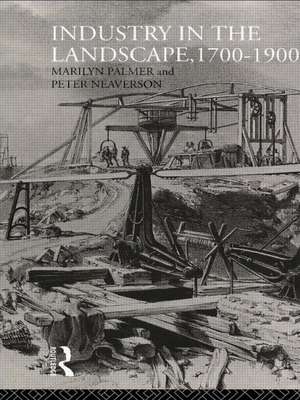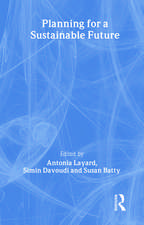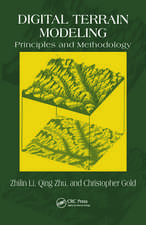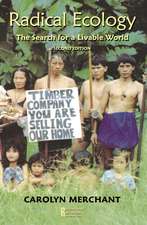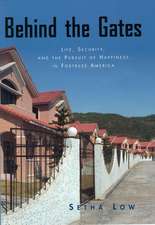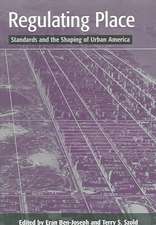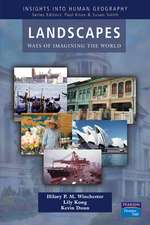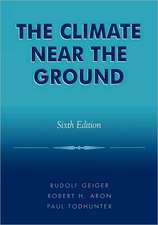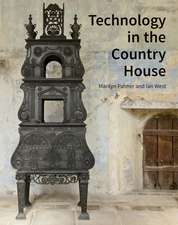Industry in the Landscape, 1700-1900
Autor Peter Neaverson, Marilyn Palmeren Limba Engleză Paperback – 11 noi 2011
| Toate formatele și edițiile | Preț | Express |
|---|---|---|
| Paperback (1) | 414.82 lei 6-8 săpt. | |
| Taylor & Francis – 11 noi 2011 | 414.82 lei 6-8 săpt. | |
| Hardback (1) | 765.84 lei 6-8 săpt. | |
| Taylor & Francis – 20 oct 1994 | 765.84 lei 6-8 săpt. |
Preț: 414.82 lei
Nou
Puncte Express: 622
Preț estimativ în valută:
79.37€ • 82.88$ • 65.55£
79.37€ • 82.88$ • 65.55£
Carte tipărită la comandă
Livrare economică 15-29 aprilie
Preluare comenzi: 021 569.72.76
Specificații
ISBN-13: 9780415513456
ISBN-10: 0415513456
Pagini: 226
Dimensiuni: 156 x 234 mm
Greutate: 0.42 kg
Ediția:1
Editura: Taylor & Francis
Colecția Routledge
Locul publicării:Oxford, United Kingdom
ISBN-10: 0415513456
Pagini: 226
Dimensiuni: 156 x 234 mm
Greutate: 0.42 kg
Ediția:1
Editura: Taylor & Francis
Colecția Routledge
Locul publicării:Oxford, United Kingdom
Recenzii
`... the book represents a useful addition to the genre and one which is well worth reading.' - Landscape History
Cuprins
Acknowledgements Preface 1. The Location of Industry in the Landscape 2. Providing the Necessities of Life 3. Fuel and Power for Industry 4. Metals in the Service of Man 5. Clothing the People 6. Building and Servicing the Community 7. Moving Around: Roads, Rivers, Canals and Railways 8. The Industrial Landscape: Past, Present and Future Bibliography
Notă biografică
Peter Neaverson, Marilyn Palmer
Descriere
Two hundred years of industry have transformed the landscape. This book enables the reader to reconstruct the landscape of past industry and to study the former working conditions of men and women.
